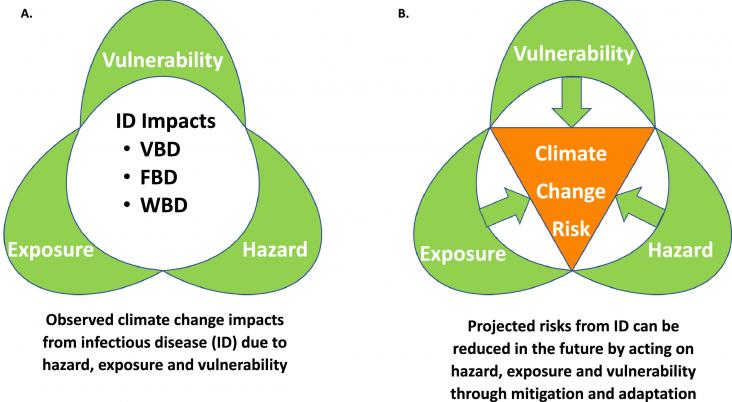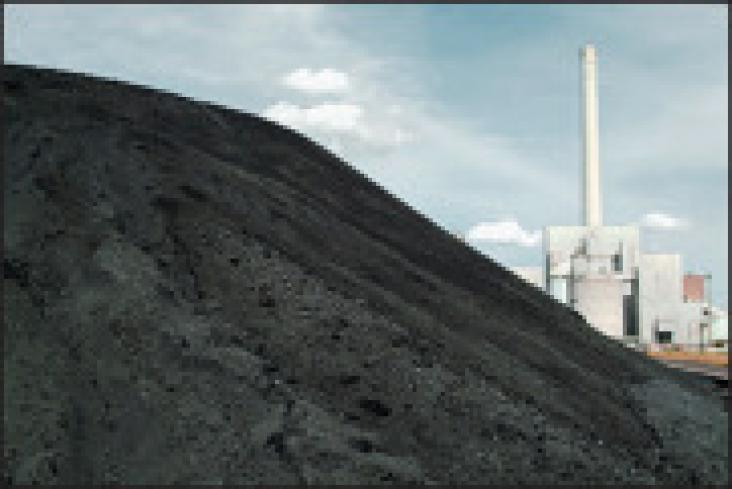
Hydrogen as a clean, reliable and potentially sustainable energy vector has attracted growing interest for promoting the sustainable development of both industry and society worldwide.
Cultured meat is a potentially successful future alternative to conventional meat if consumers perceive it as similar enough to conventional meat.

Europeans are not only exposed to direct effects from climate change, but also vulnerable to indirect effects from infectious disease, many of which are climate sensitive, which is of concern because

Transitioning the energy sector to zero or net-zero emission of greenhouse gasses (GHG) and substantially reducing other pollutants is a massive, costly, and long-term effort.
In view of all kinds of sustainability concerns related to our current diet, it is essential to gain a good understanding of the sustainability motives consumers have for selecting their food.
In view of all kinds of sustainability concerns related to our current diet, it is essential to gain a good understanding of the sustainability motives consumers have for selecting their food.




